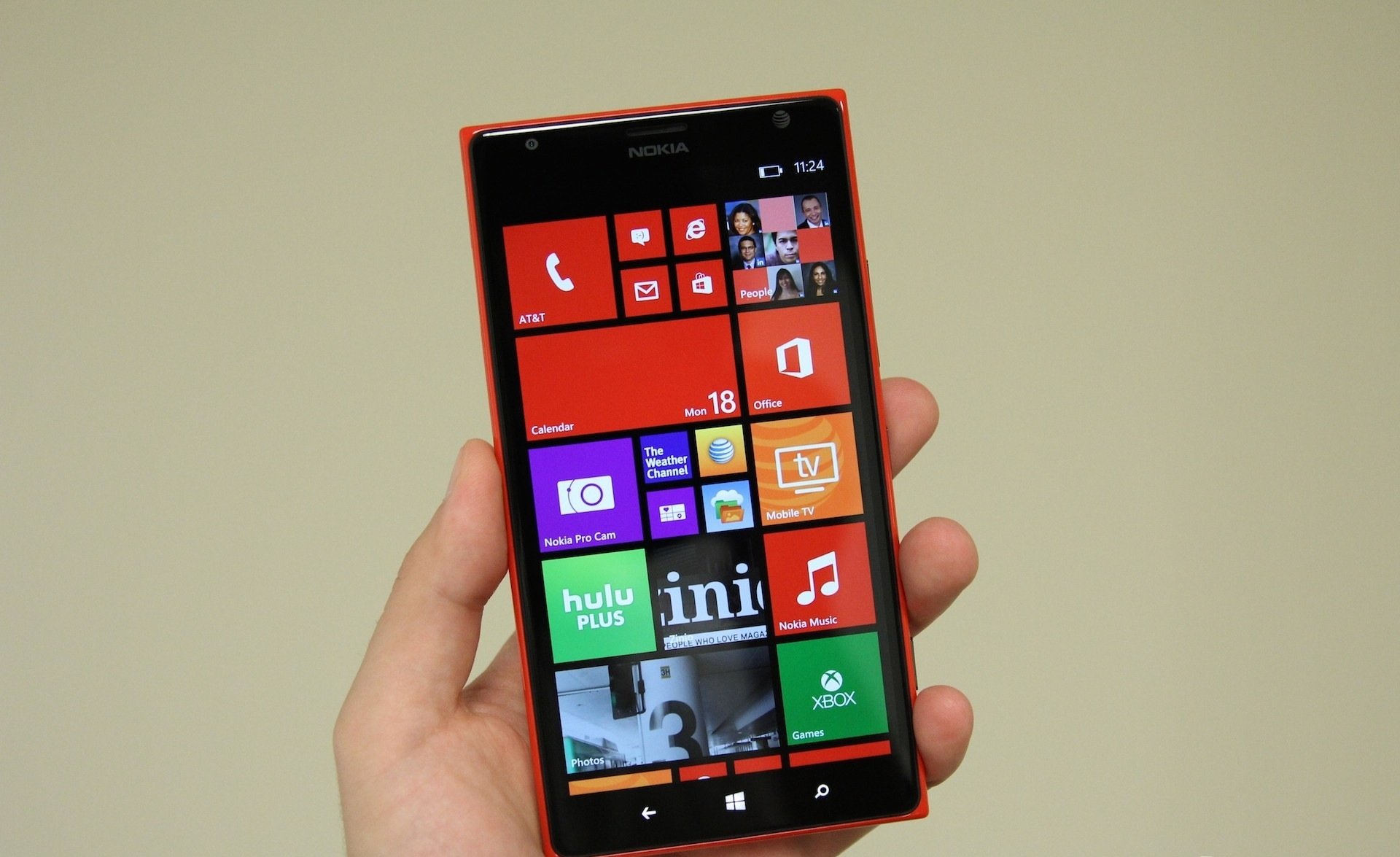
- 2 Min Read / Blog / 3.2.2020

Following its acquisition of Nokia’s mobile hardware division, Microsoft has announced that its future Windows Phone hardware will not include Nokia branding. Instead, Microsoft’s flagship mobile products will be named “Microsoft Lumia” after Nokia’s popular line of colorful Windows Phone handsets. Microsoft’s mobile hardware division joins its Surface tablets and Xbox media consoles as the software giant looks to expand product offerings and deliver integrated hardware and software solutions. The move into deeper hardware manufacturing represents an about-face for the massive software leader, and demonstrates how Microsoft intends to adapt to a changing consumer landscape.
In the world of future phones, Nokia was king. The Finnish brand dominated mobile shipments in the years when “cell phone” didn’t mean “pocket computer,” and developed a series of once-ubiquitous mobile operating systems. But as Apple modernized the mobile phone experience with desktop-class software, and as Google enjoyed deep market penetration with Android internationally, Nokia’s reputation as a mobile leader began to falter. The company built a partnership with Microsoft to build Windows Phone devices, opting to support a volatile new platform just finding its legs over the increasingly established Android. In the end, its close relationship with Microsoft was to be its final chapter as an independent mobile brand.
Microsoft has announced its intention to unify its Windows operating system family, consolidating mobile, desktop, and Xbox software under the Windows 10 banner. Alongside a strengthened Windows brand, Microsoft needed a consumer-facing hardware title that emoted the company’s new position going forward. Nokia had seen success with its Nokia Lumia products, characterized by their bright color options and massive cameras, so Microsoft opted to repurpose the series as the face of Windows mobile devices in the future.
The purchase of Nokia’s mobile business left the Finnish company focused on networking and infrastructure products, but wasn’t a sign of Microsoft merely dabbling in hardware manufacturing. The Redmond stalwart had previously explored the living room with its industry-leading Xbox products, and had designed a handful of Microsoft Surface tablets to counter both the iPad and, more recently, the MacBook Air. Whereas the Windows and Office developer had once left hardware design to its business partners, building a formidable empire on its “Wintel” compatible PCs, it seems the company under new CEO Satya Nadella’s leadership is interested in taking hardware into its own hands.
Microsoft’s product vision is still taking shape, but its possibilities are compelling. One operating system across desktop and mobile might not revolutionize how customers use their devices, but it might attract a renewed third-party developer interest that current Windows platforms sorely lack. With best-in-class mobile hardware teams under its umbrella, the company is poised to create an integrated hardware and software product to rival Cupertino’s best and brightest. What once looked like a software empire in decline, living on diminishing returns from its Windows XP legacy, now has been imbued with new life. The fresh interface design of Windows 8 and Windows 10, along with interesting and novel hardware choices from its Xbox and Surface divisions, paint the picture of an upstart mobile innovator working toward a grand future. One of the first steps was bringing its Nokia purchase into the fold, enabling hardware and software integration only possible by first-party efforts like Apple’s iOS lineup or Google’s Nexus series. Who knows—perhaps we’ll soon count Windows Lumia among those industry leaders.